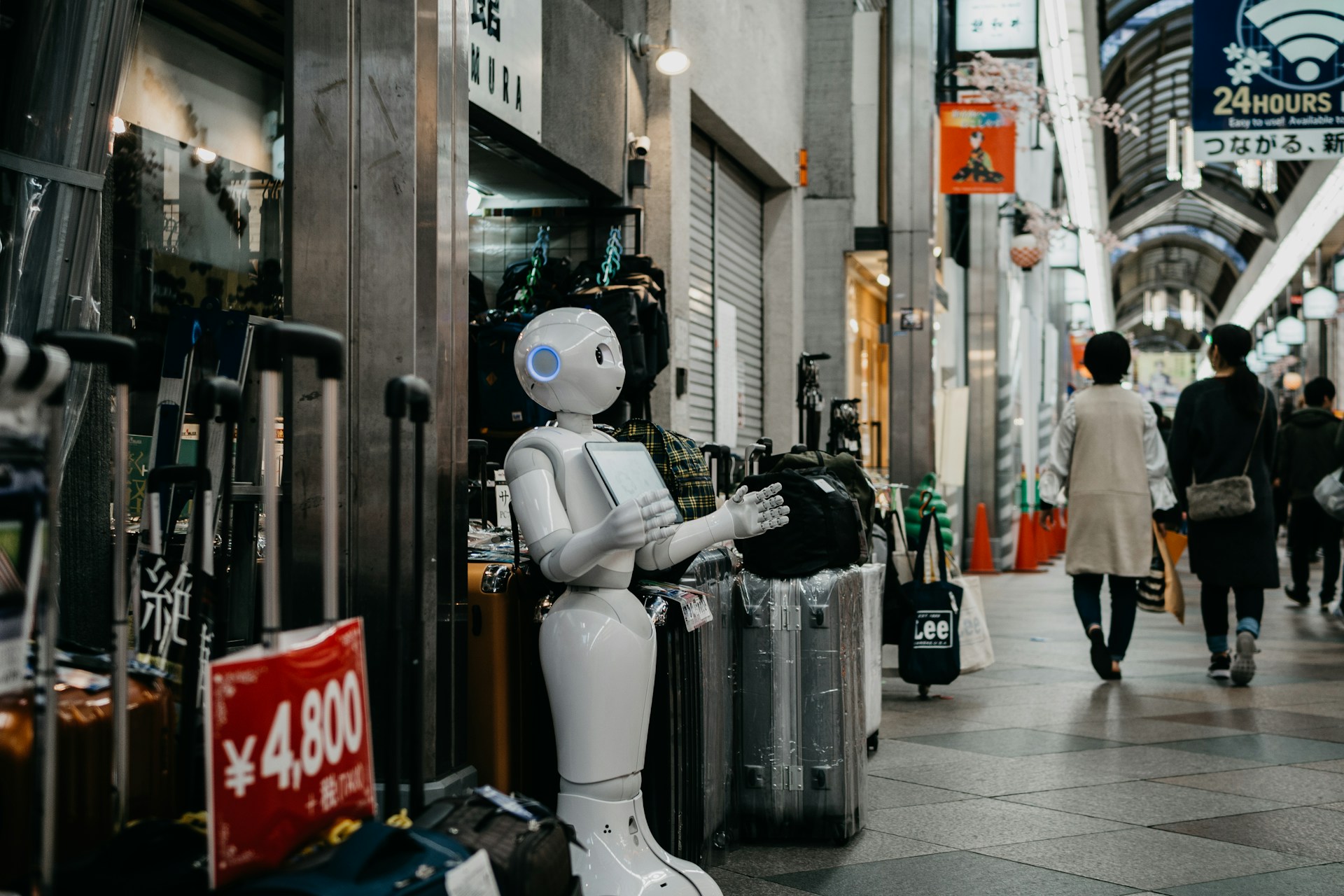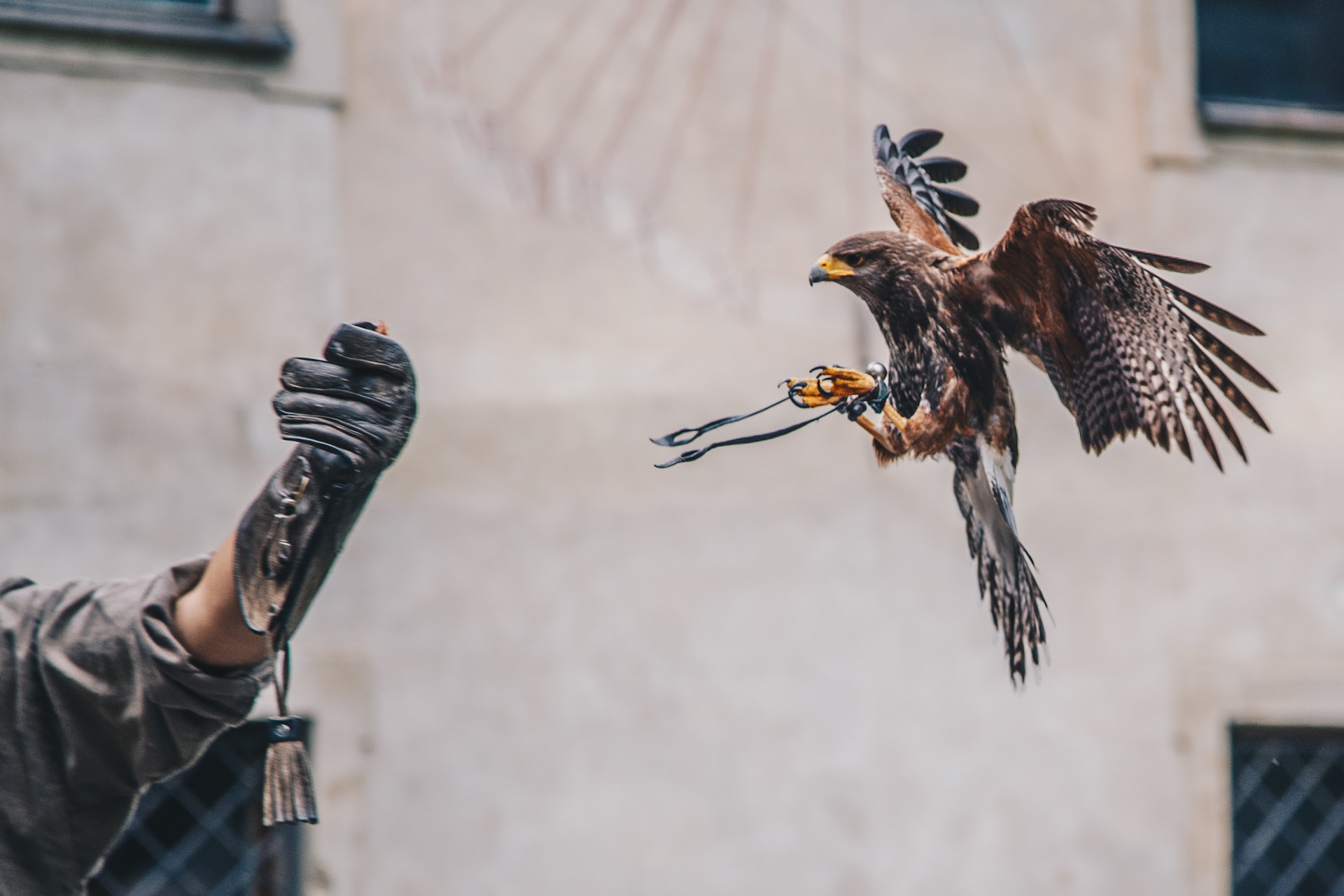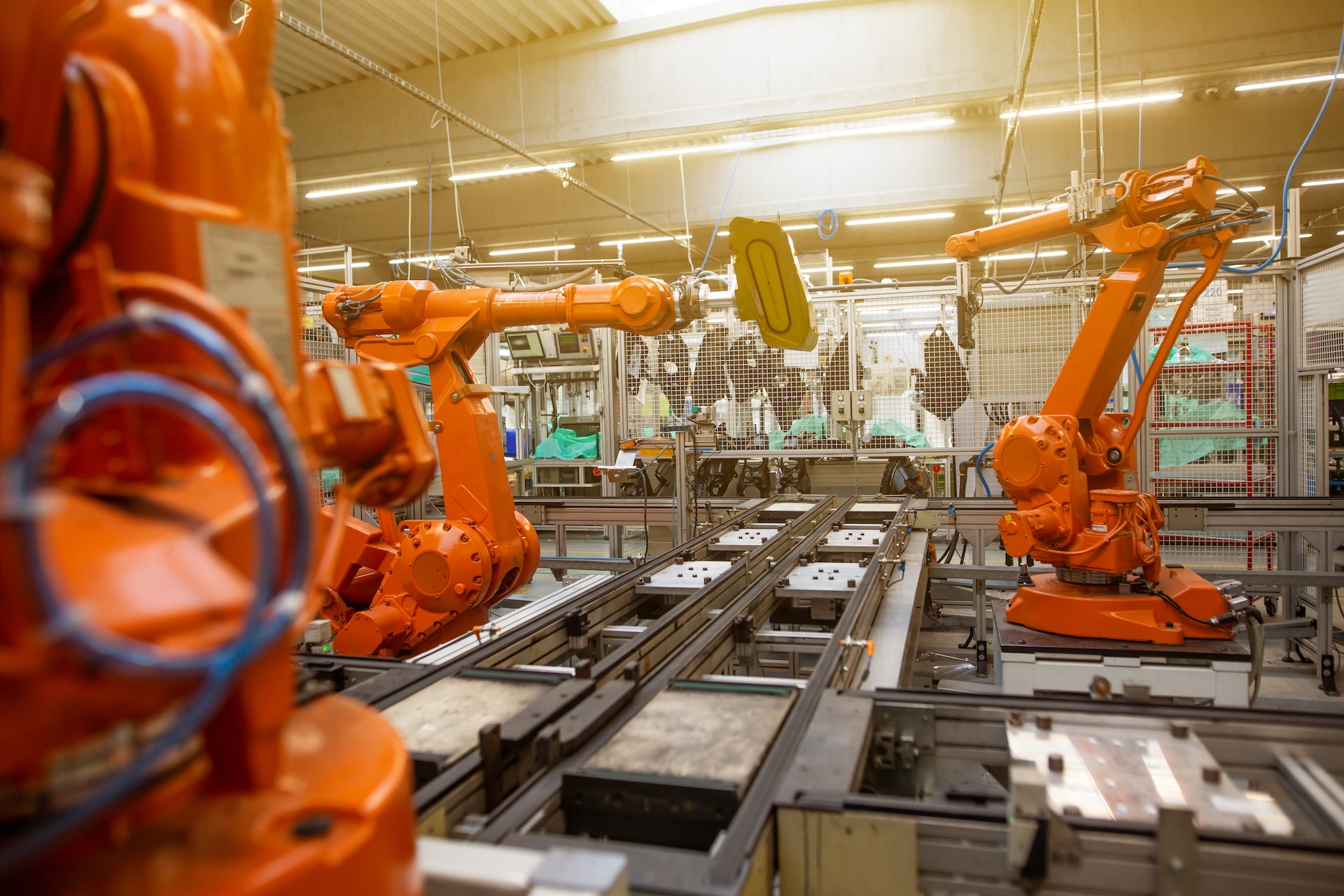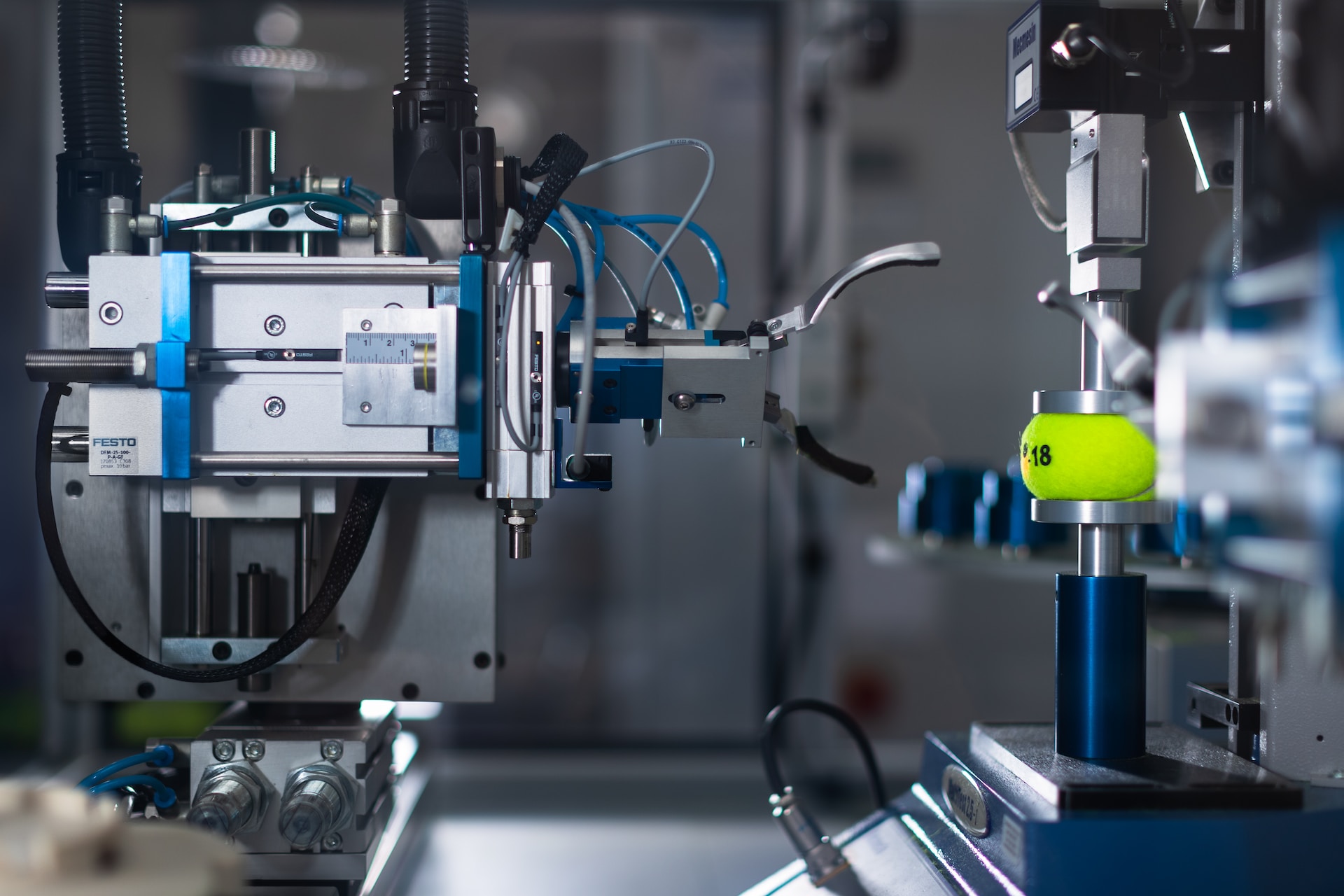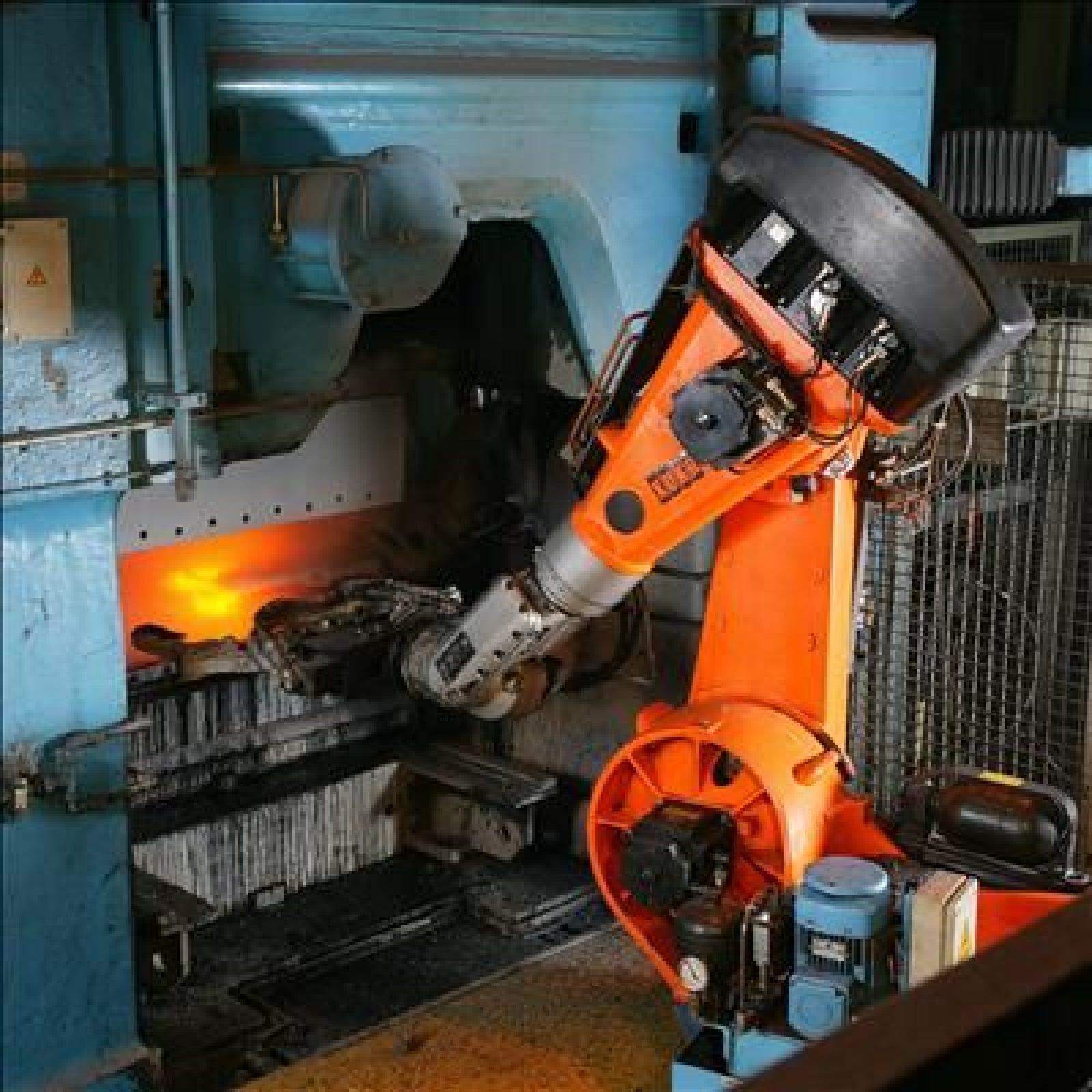
Everything You Need to Know About the History of Robotics
August 18, 2020 - Emily Newton
Revolutionized is reader-supported. When you buy through links on our site, we may earn an affiliate commision. Learn more here.
You can find robots in industries ranging from manufacturing to medicine. If you thought they’ve only been around for several decades, you’re in for a surprise. Here’s a breakdown of the history of robotics. It’ll grow your knowledge and help you impress friends who love technology.
Exploring Earliest Days of Automated Technology
Researchers say humans’ first ideas about artificial people came about approximately 2,700 years ago through the myths and legends of the time. People love to imagine things before they become realistically possible. The interesting thing about the tales told back then is that humans and robots never lived in harmony. Chaos ensued once people started interacting with the bots.
However, another aspect of primitive robots that remains true is that people liked the idea of the machines serving a purpose. Some of the earliest automated devices were clocks, for example. Others carried out tasks. Consider an invention from the late third century B.C. known as The Automatic Servant of Philon. It was a maid statue that could pour and mix water and wine once someone placed a cup into the figure’s hand. That setup worked with two air tubes and a spring mechanism.
In the 12th and 13th centuries, Al-Jazari created the first programmable robot, which featured a water-powered orchestra floating in a boat. The flow of water turned a rotating drum fitted with pegs. Different pegs resulted in distinctive movements made by the orchestra members and the associated tunes. A person could switch them out to change the song played, making the invention programmable.
Leonardo da Vinci also put extensive time and effort into creating a realistic robot called the mechanical knight. He unveiled it in 1495. Modern researchers learned about it through drawings of the partially complete creation from the inventor’s sketchbooks. An internal system of pulleys, wheels, gears and cables worked together to help the anatomically correct knight move. It could sit, walk, wave its sword and even move its jaw.
The emphasis on humanlike robotics continued with three figures collectively named the Jaquet-Droz automata after two of the creators. Pierre Jaquet-Droz was an 18th-century watchmaker who wanted to build automated dolls to promote his business. His brother Henri Jaquet-Droz and partner Jean-Frédéric Leschot worked together to make The Draughtsman, The Musician and The Writer. The last of those had more than 6,000 parts and wrote up to 40 letters customized by the user.
Introducing the World to New Terms
You’d probably agree that all the inventions in the previous section fit what people often think of as early robots. The individuals who made or saw those machines didn’t refer to them using that word yet, though. As technology progresses, people often learn new terms. That also happened during the history of robotics.
For example, Nikola Tesla debuted what he called a “teleautomaton” in 1898. It was the first remote-controlled vessel. He perplexed the crowd, as the audience couldn’t figure out how it moved. Tesla capitalized on their confusion by tricking them into thinking he controlled it with his mind, or that people could operate the boat by shouting commands at it.
Karel ÄŒapek, a Czech playwright, brought the word “robot” into the world’s vocabulary with his play, “Rossum’s Universal Robots.” It arrived on stage in 1920 and centered on the idea of a revolution of machines that ultimately overpowered humans and made them extinct. Until that point, people usually described the developments we now call robots as automatons or referred to them as mechanical inventions.
In 1941, science-fiction writer Isaac Asimov used the term “robotics” for the first time by including it in a short story. A year after that, he published a now-famous set of three laws intended to define how robots operate to keep people safe. They appeared in a story set in 2015. People still frequently refer to the rules today, although many assert they need updating for modern times.
Automation came into people’s consciousness a couple of decades later. Delmar Harder, an engineering manager at the Ford Motor Co., created an automation department at Ford in 1947. While earlier manufacturing featured manual methods supplementing machines, automation allowed for mechanizing the whole process. Machines even had built-in inspection capabilities to speed the process even more.
Fitting Industrial Progress Into the History of Robotics
As Henry Ford began using automation to create cars more efficiently, those efforts paved the way for robots explicitly made to help in factories. George Devol submitted the patent filing for the first mechanical arm in 1954. The resulting product — the Unimate — is credited as the first industrial robot. The prototype weighed 2,700 pounds. By 1961, the first mass-produced version of the item was on the market. There were soon hundreds of Unimate arms used for die-casting.
Industrial robot innovation continued with two robots built at Stanford University. Shakey was a camera-equipped, touch-sensitive mobile robot made in 1966. It could perceive its environment, understand commands and direct its actions accordingly. The Stanford Arm, designed in 1969 by engineering student Victor Scheinman, was an electrically powered, computer-controlled appendage that could move through six axes.
The implementation of industrial robots did not only occur in factories. The medical sector saw their potential, too. In 1985, the PUMA 560 robot interpreted a computer’s command and moved to insert a needle into a patient’s brain for a biopsy. That approach eliminated risk due to the potential of tremors in a surgeon’s hand during the delicate task. In 1994, engineers made the CyberKnife, a radiosurgery robot that treats tumors.
Agricultural professionals got an early taste of robotic potential in 1992 with the arrival of the Lely Astronaut. It was a dairy-milking robot. The version available today has a screen to let users make operational choices. It also responds to the animal’s natural rhythms and adjusts to their milking schedule.
Using robots offers more dependability, efficiency and consistent results, regardless of the specific sectors using them. It’s now even easier for companies to use these machines due to the robot-as-a-service industry, which analysts expected to comprise 30% of the worldwide robotics market by 2020. It typically utilizes cloud computing and permits clients to rent the machines on an as-needed or pay-as-you-go basis.
Showing the Lighter Side of Robots With Animatronics
People often associate Disney with robotic figures. The brand’s theme park attractions feature a wide assortment of bots made to recreate the movements of living things. The move into robots started when Walt Disney came back from a trip in the 1950s with a mechanical bird that looked lifelike on the outside but had a high-tech machine inside. He tasked the company’s engineers with creating something similar.
Besides moving, these machines made sounds or talked. They often had silicone rubber skin to facilitate the need for the parts to move at different times. One of the breakthroughs came with the opening of the Enchanted Tiki Room attraction. It depended on solenoid coils and magnetic tape from audio recordings. The sounds triggered electrical signals that reached the coils and made birds move in time with the music.
By 1964, Disney filed the paperwork to trademark a group of robots called Audio-Animatronics. That same year, the first such figure of a human debuted at the 1964 World’s Fair in New York. It was a model of Abraham Lincoln. Many past and current rides at Disney parks feature this technology — including the Jungle Cruise and 20,000 Leagues Under the Sea.
In the late 1970s, families were introduced to animatronics elsewhere by attending a chain called Chuck E. Cheese’s Pizza Time Theatre. The first figure created was the Chuck E. Cheese mascot, which eventually was joined by a wide assortment of characters that made up a band. Those robots played instruments and told jokes to audiences while people ate pizza and enjoyed arcade games. The Chuck E. Cheese brand began phasing out its animatronics in 2017.
These examples illustrate a period in the historical use of robots where brands explored using them to draw people in and fascinate them. That technology was not the sole factor that brought people through the door, but it was a memorable aspect of entertaining experiences.
Combining the Abilities of Humans and Robots
As we move into current times with this look at robotics, a common theme occurs when companies use robots to augment what people can do. For example, using them in the construction sector could reduce waste and injuries that could slow projects down. Machines can keep working through an entire shift without requiring breaks, as long as technicians maintain them properly. Humans then have more time to devote to specialized, rewarding tasks.
Collaborative robots — cobots — are also gaining momentum. They work exceptionally well in factory environments or settings where people must tackle repetitive tasks with precision or consistency. An analysis expects the cobots market to achieve a 41.8% growth rate between 2020 and 2026. That suggests companies are eager to start using them and will remain enthusiastic for the long term.
If you’ve needed surgery lately, your doctor might have suggested letting robots help with the task. Such machines are now incredibly common in medicine and have grown substantially beyond the examples given earlier. Surgeons’ expertise is still an essential part of the proceedings. They plan the operations, then use joysticks and similar controls to guide the machines. Patients often like the outcomes, especially when this approach leads to smaller incisions and faster recovery times.
The modern history of robotics also includes plenty of examples where humans use bots to reduce the risks associated with dangerous responsibilities. For instance, firefighters might send an autonomous device into a burning building to survey the scene before entering. This kind of technology also aids people with disarming explosives, inspecting oil rigs and sorting hazardous waste.
Employees often worry about machines taking their jobs. Most of the applications today still require human knowledge, though. The bots assume some of the most threatening, boring or fatiguing parts of the work, letting humans excel by using more brainpower or creativity.
The History of Robotics is An Inspiring Progression
This overview shows that robots have come a long way — and have been part of society for longer than you likely realized. It’s anyone’s guess what the future holds, but people can expect robotics to continue playing a prominent role in getting things done at work and enjoying their leisure time.
Robots show people what’s possible, encouraging them to broaden their horizons. While pondering what’s next, you should not base those assumptions on what you already know. There’s a good chance some of these high-tech machines could do something entirely different compared to how past efforts performed, thereby helping society enjoy a long history of innovation.
Featured Image: By KUKA Roboter Bachmann via Wikipedia
Revolutionized is reader-supported. When you buy through links on our site, we may earn an affiliate commision. Learn more here.
Author
Emily Newton
Emily Newton is a technology and industrial journalist and the Editor in Chief of Revolutionized. She manages the sites publishing schedule, SEO optimization and content strategy. Emily enjoys writing and researching articles about how technology is changing every industry. When she isn't working, Emily enjoys playing video games or curling up with a good book.
